After setting his sights on New York in recent years, opening the acclaimed Cosme and the everyday café ATLA, Enrique Olvera has turned his attention back to his native Mexico City with a string of new ventures this year. But don’t expect to see Olvera in empire-building mode anytime soon. “I don’t want to become a huge restaurateur and open a ton of cookie cutter restaurants,” he says. After relocating his flagship Pujol to a leafy midcentury bungalow in 2017, Olvera has unveiled three new projects: Molino El Pujol, a pocket-sized tortilleria; Casa Teo, an Airbnb apartment which hosts artists-in-residence; and Eno at Museo Jumex, a slick café housed in the David Chipperfield–designed contemporary art museum. All ring true to the Olvera’s ethos of simple, clean–lined design and an emphasis on local culture and community, though each is entirely distinct. “It’s like the yin and the yang: we have well-known restaurants, a small artist-in-residence space, neighborhood restaurants as well as a little tortilleria. [They] help us to be more creatively confident,” he says. Here, a look at the newcomers.
Chef Enrique Olvera's Universe Expands in Mexico City
After debuting the new Pujol last year, Mexico's most famous toque has waded into new waters, opening a restaurant at Museo Jumex, a traditional–style tortilleria, and a rentable Airbnb that doubles as a creative space.
By Mary Holland October 18, 2018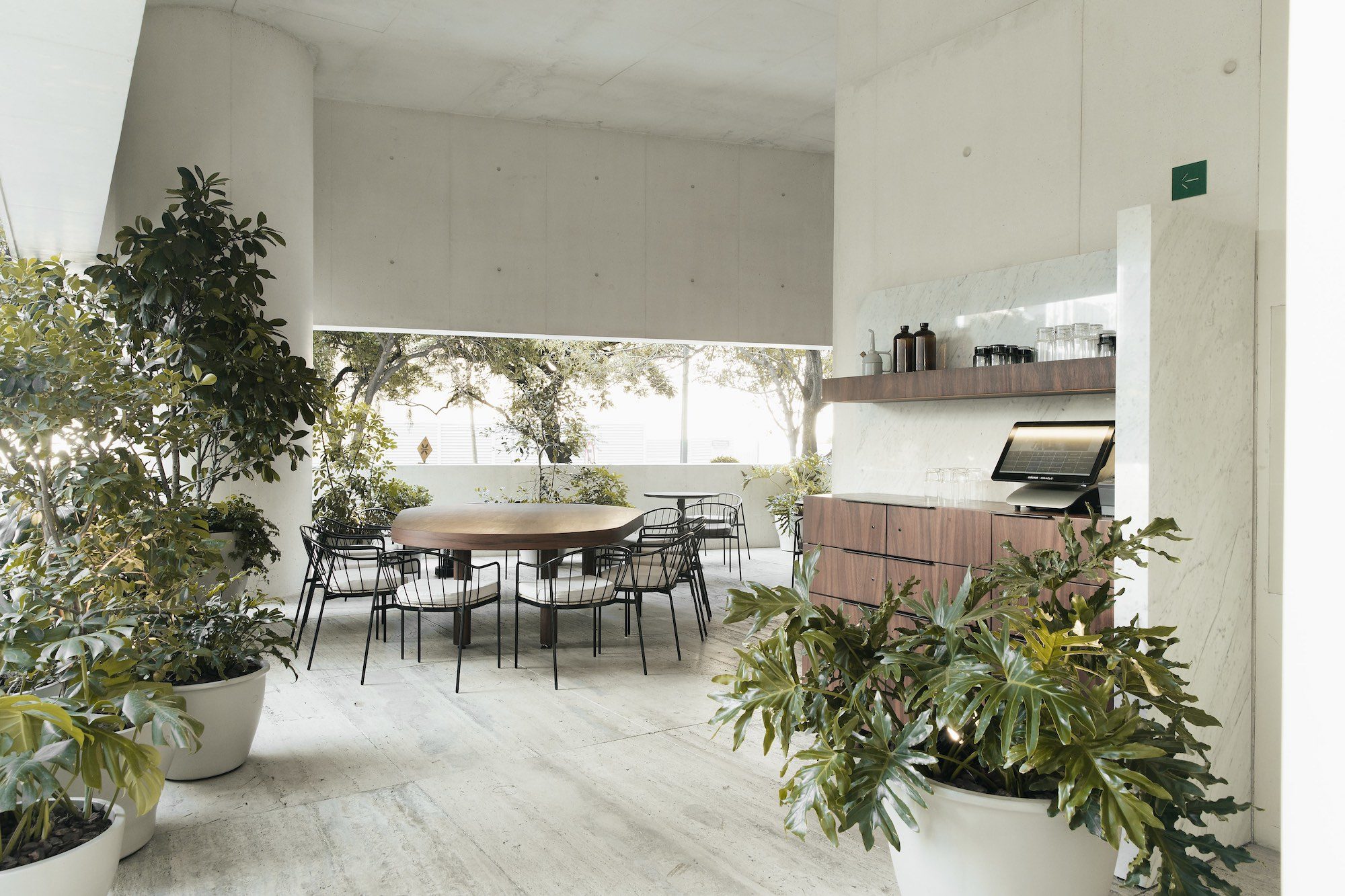
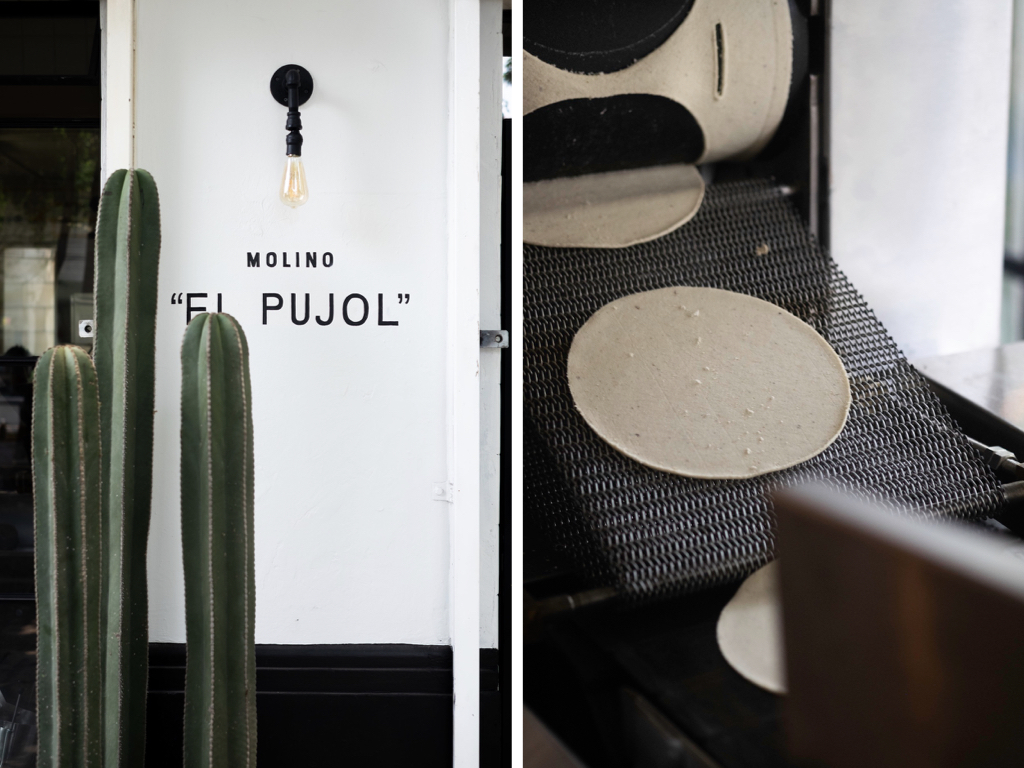
Molino El Pujol
Molino El Pujol was born out of the basic need to produce tortillas for Pujol, whose new location lacked the space to make them. “What started as a necessity grew into a romantic concept,” says Olvera, who compares Molino to the neighborhood tortilleria he knew growing up in Mexico City, albeit with an updated design scheme. The tiny, white-tiled shop is located in the leafy Condesa neighborhood and is entirely dedicated to traditional tortilla-making, sourcing numerous types of corn from all over the country. Walk-in customers can purchase made-from-scratch tortillas by the dozen or order corn-based items such as tacos wrapped in an herbaceous hoja santa leaf and the hot, creamy drink atole from the black-and-white menu board. Unlike Pujol, it’s a place for the people. “You can easily walk in, you don’t need a reservation.”
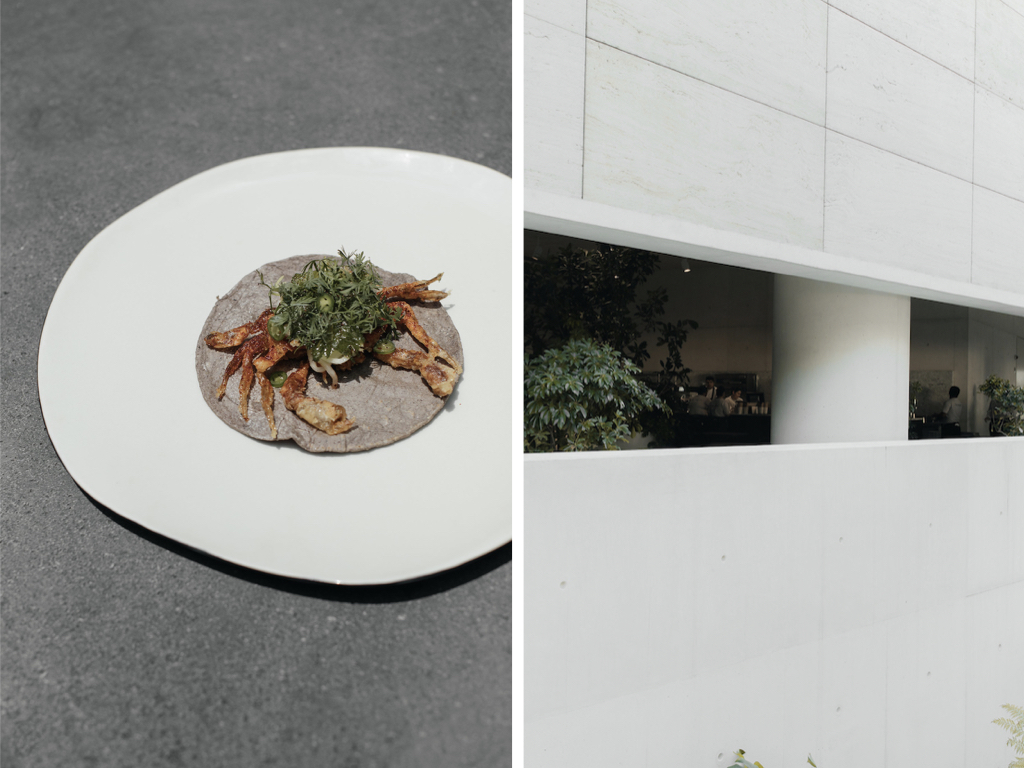
Eno at Jumex
Eno, a string of a daytime cafes in Mexico City, is Olvera’s answer to the approachable neighborhood joint. The newest location at the Museo Jumex in Polanco, is more refined than its sister locations. “The new Eno will help us take the brand to another level,” Olivera says. Opened in July, the Museo Jumex outpost occupies a ground-floor space in the towering travertine building by British architect David Chipperfield, and has a simple design with sleek black steel chairs and large neutral-toned pots filled with oversized trees—a stark contrast to the structure’s bold architecture. “The museum building is so iconic; we had to be sensible and respectful with the design,” Olvera says.
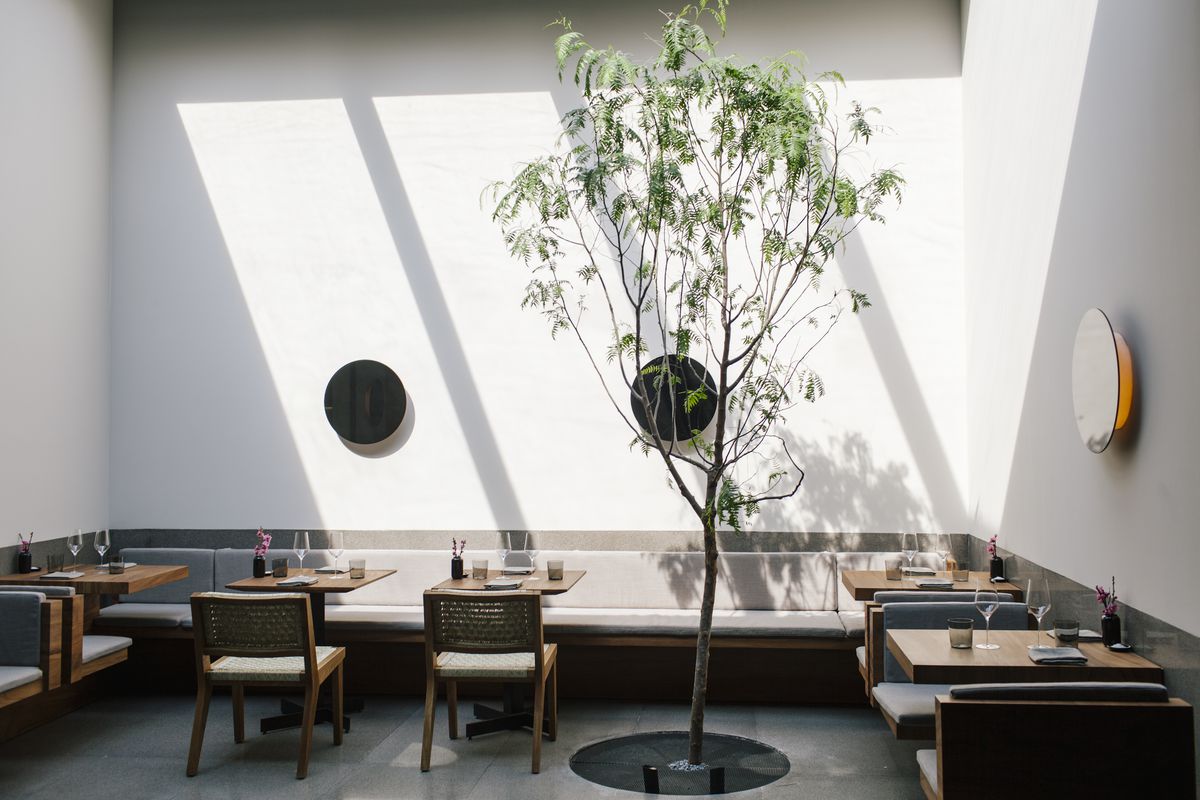
Pujol
It’s been 18 years since this groundbreaking restaurant kickstarted Enrique Olvera’s career and cemented Mexico City’s spot on the culinary map. Now, he has relocated it to new space a few blocks away in the Polanco district, reintroducing a more relaxed version both holistically and aesthetically. Friend and architect Javier Sanchez teamed up with interior designer Micaela de Bernardi, who designed Olvera’s celebrated Cosme in New York, to transform a midcentury home into a serene open-air sanctuary. The spacious glass-fronted dining room, which overlooks the herb garden, has a Japanese appeal with low ceilings, wooden furniture and an indoor stone garden greeting patrons at the entrance. The menu has been tweaked, but long-time fans will recognize a few of the unforgettable dishes from the former menu, namely the ‘mole madre, mole nuevo’ (‘mother mole, new mole’), the same type of mole that has been aged for different amounts of time.
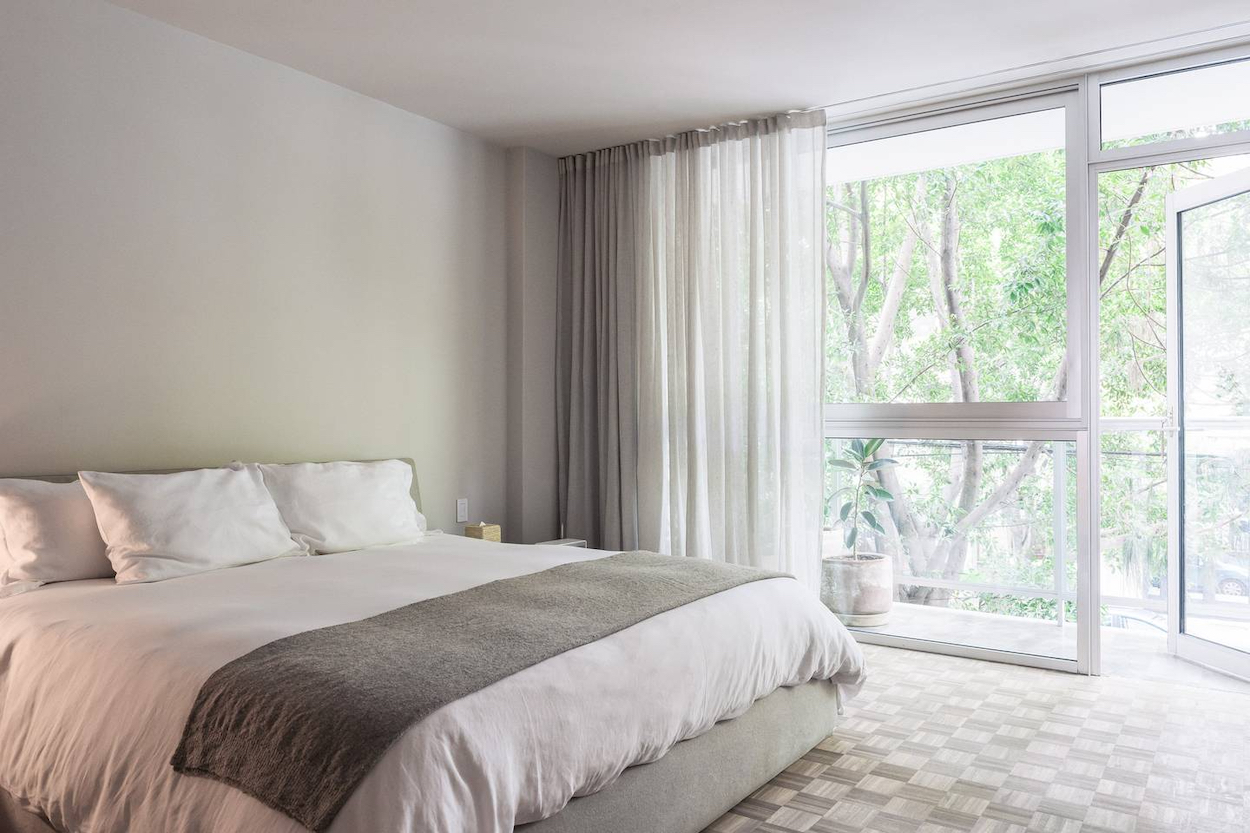
Casa Teo
Search Airbnb in Mexico City and you’ll come across two private rooms in an apartment in Polanco that comes with a private chef from Olvera’s staff. Situated above the old Pujol and modeled after an artist-in-residence, the apartment serves as a creative space, an Airbnb, and a place where Olvera can chill. “I felt like I didn’t have a space where I could sit down and feel peace and quiet,” he says. When the rooms aren’t being rented, Casa Teo, which has a fully-equipped kitchen and light-filled dining area with a sprawling dining table, hosts chefs from around the globe. “I like the idea of bringing people in and having a place that hosts different talents,” Olvera says.
(Images courtesy Enrique Olvera)
